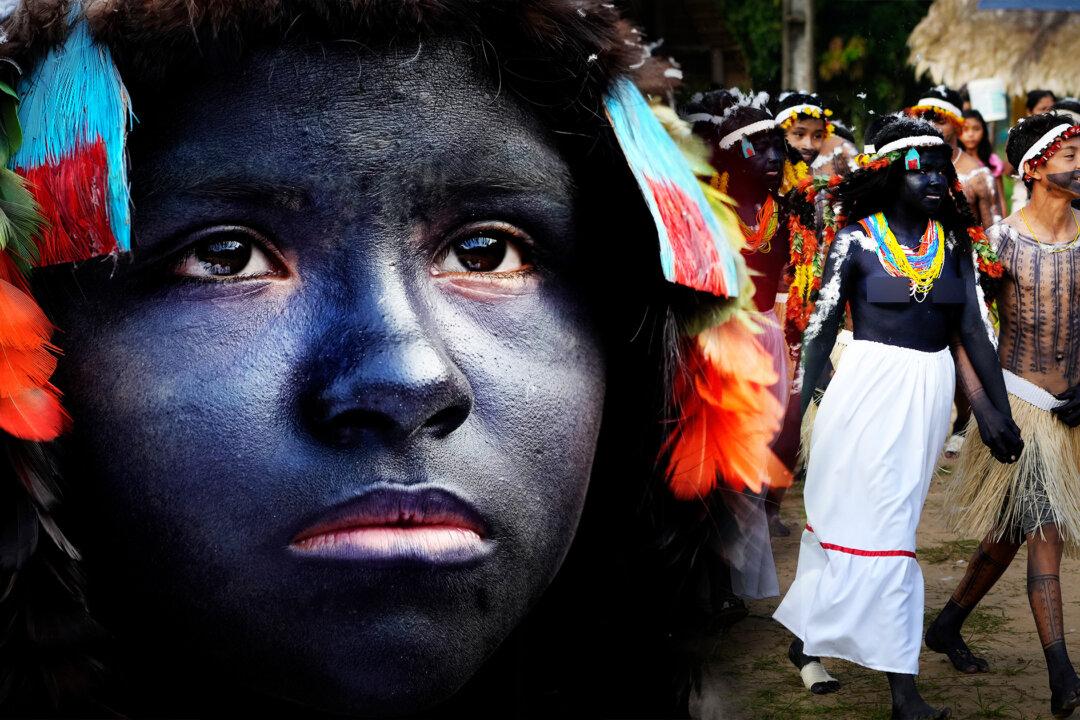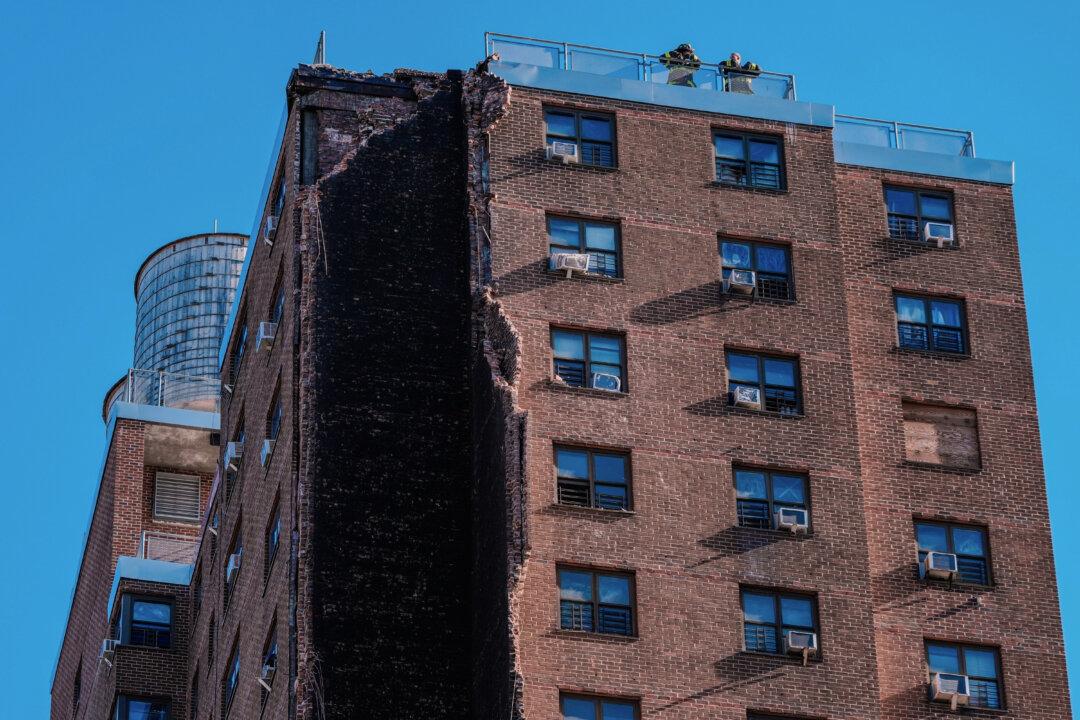The Indigenous adolescents danced in a circle under the thatched-roof hut from near dawn to dusk while parents looked on from the perimeter. Some of the adults smoked tobacco mixed with the wood from a local tree in Brazil’s Amazon rainforest.
The seemingly endless loop of the procession, taking place over six long days this June, was leaving some Tembé Tenehara youngsters with swollen and bandaged feet. They were receiving little to eat and spending each night sleeping in hammocks slung in the hut. But in the Alto Rio Guama territory, it is all part of a vital rite of passage known as “Wyra’whaw.”






